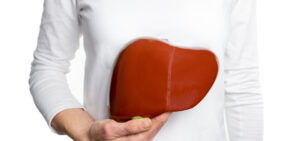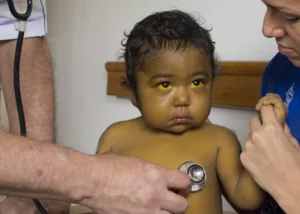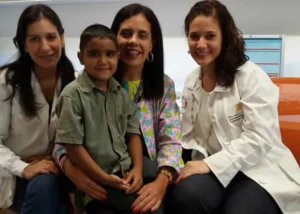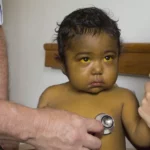Cirrhosis of the liver is a chronic disease that manifests itself when the liver has sustained multiple damages. Patients suffering from cirrhosis are usually treated with different methods, but one of the most important is the control of food consumed.
Although there is no cure for cirrhosis, the patient can control several of the symptoms by eating a healthy diet, following some medical recommendations to prevent the progression of the disease and also protect against other conditions such as diabetes or kidney failure.
BEST FOODS FOR PATIENTS WITH CIRRHOSIS OF THE LIVER
For cirrhosis patients, it is advisable to eat 5 to 6 meals a day in small quantities. This helps to maintain a balance of nutrients, but without the discomfort caused by a low appetite or the feeling of heaviness and fullness that these people tend to have quickly.
In addition to a healthy diet, cirrhosis patients, particularly in the chronic stage, should follow a special diet low in sodium, with a reduced intake of meats, raw seafood and increased consumption of carbohydrates.
The following is a list of general recommendations with some foods to include in the diet of a patient with liver cirrhosis.

Beans and legumes are perfect options to replace animal protein
Reducing sodium (salt) intake
Preparing or asking to prepare low-salt meals is important to prevent cirrhosis and related conditions, such as fluid retention, from progressing.
Some prepared sauces, cheeses, canned foods and pickles are also high in sodium, so check the ingredients.
The best option if the lack of salt affects the taste of your meals is to use other ingredients such as lemon, vinegar, herbs and spices to improve it.
Eat healthy fats in moderation
The damaged liver also cannot process fats properly, therefore, you should reduce your intake to good quality fats or low-fat products.
The best quality fats are those that are unsaturated, that is, those that come from vegetable sources such as avocado, nuts, and olive, canola and sunflower oils. It is also recommended, whenever possible, the consumption of Omega 3, present in fish such as salmon and tuna.
Include vitamin supplements to the diet
It is advisable to supplement the diet with vitamin complexes, according to the indications of the specialist you visit. Although it may not be necessary in early stages of the disease and if an adequate diet is followed.
Many patients with cirrhosis have vitamin B and D deficiency, so these are usually recommended in more advanced stages of cirrhosis. Vitamin C can also be included, unless the patient suffers from hemochromatosis.
Reduce the consumption of animal proteins and opt for lean ones
The liver with cirrhosis does not process protein well, so it is best to reduce your intake to a maximum of 1.5 g of protein per kilogram of body weight daily.
It is important that these sources be as lean as possible to prevent the liver from retaining other components such as fats, which are also present in this type of meat.
Among the most common lean protein sources are beans, tofu and dairy products such as yogurt or cheese, as long as they are low in sodium and fat. Fish such as tuna and salmon, and meats such as turkey or skinless chicken can also be included.
Among the proteins to avoid, in addition to those mentioned above, are viscera, intestines, heart, etc.

Increasing carbohydrate intake
Carbohydrates should be the main source of calories for a liver cirrhosis patient. However, that does not mean that just any high-carbohydrate food is healthy.
In this case, one should opt for high-quality, complex carbohydrates such as rice, bulgur, oatmeal and whole corn. Pasta, breads and cereals without added sugar can also be eaten.
In addition, it is also important to include fiber, which comes in the form of fruit and vegetable pulp. In case you do not have access to fresh vegetables, frozen vegetables are also a very healthy option as they keep all their nutrients intact.
Consume plenty of water
Increasing water consumption is of great importance for the diet of a patient with cirrhosis, in addition to eliminating drinks with high sugar and alcohol content, since the damaged liver does not process them.
These are some food and dietary recommendations for patients with liver cirrhosis. However, it is important to visit a specialist who will give specific treatment indications for the stage of cirrhosis in which the patient is and, thus, also for other conditions that may arise as a consequence of liver failure.














